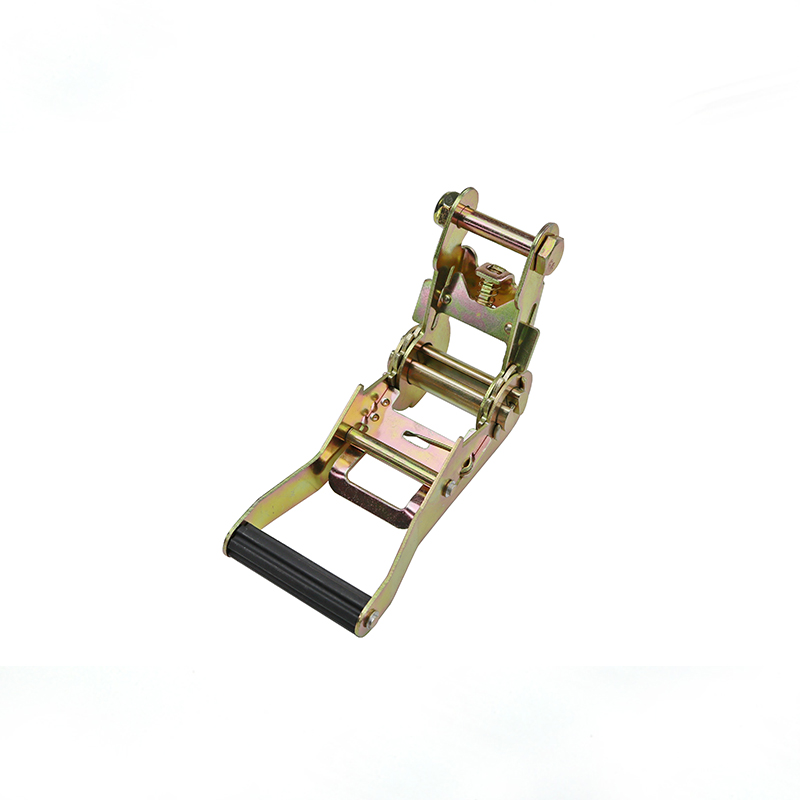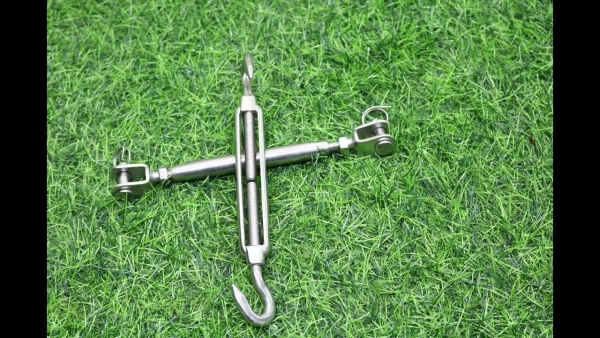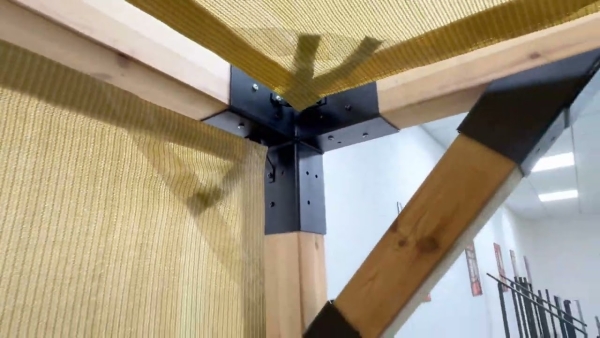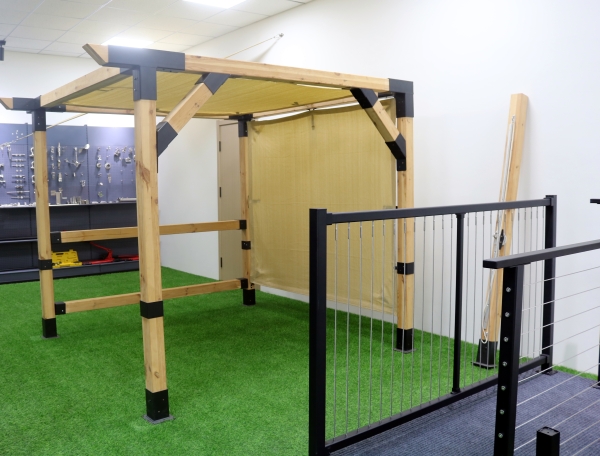Table of Contents
أهمية الأساسات الصحيحة لاستقرار العريشة
عند بناء العريشة، أحد العناصر الأكثر أهمية التي يجب مراعاتها هي الأساسات. الأساسات هي الأساس الذي يرتكز عليه الهيكل بأكمله، مما يوفر الاستقرار والدعم. تعتبر القواعد المناسبة ضرورية لضمان طول عمر العريشة وسلامتها.
الغرض الأساسي من القواعد هو توزيع وزن العريشة بالتساوي على الأرض، مما يمنعها من الغرق أو التحرك بمرور الوقت. بدون قواعد كافية، تكون العريشة معرضة لخطر الميل أو الميل أو حتى الانهيار تحت ثقلها. يمكن أن يشكل هذا خطرًا كبيرًا على سلامة أي شخص يستخدم العريشة أو يقف بالقرب منها.
هناك عدة عوامل يجب مراعاتها عند تحديد حجم ونوع القواعد اللازمة للعريشة. يلعب وزن العريشة ونوع التربة والمناخ المحلي دورًا في تحديد تصميم الأساس المناسب. بشكل عام، تتطلب البرجولات الأكبر والأثقل قواعد أكبر وأكثر قوة لدعمها.

أنواع مختلفة من الأساسات لبناء العريشة
عند إنشاء العريشة، أحد أهم الاعتبارات هو نوع الأساسات التي سيتم استخدامها لدعم الهيكل. تعتبر القواعد ضرورية لتوفير الاستقرار ومنع العريشة من التحرك أو الغرق بمرور الوقت. هناك عدة أنواع مختلفة من القواعد التي يمكن استخدامها لبناء العريشة، ولكل منها مزاياه وعيوبه.
أحد الأنواع الشائعة لقواعد العريشة هو الوسادة الخرسانية. عادةً ما تُسكب الوسادات الخرسانية مباشرةً على الأرض وتوفر قاعدة صلبة لتثبيت أعمدة العريشة عليها. تتميز الوسادات الخرسانية بأنها متينة وتدوم طويلاً، مما يجعلها خيارًا شائعًا لقواعد العريشة. ومع ذلك، قد يكون تركيبها مكلفًا ويستغرق وقتًا طويلاً، لأنها تتطلب الحفر وصب الخرسانة.
هناك خيار آخر لقواعد العريشة وهو الأرصفة الخرسانية. الأرصفة الخرسانية عبارة عن كتل خرسانية مسبقة الصب يتم وضعها في الأرض وتوفر أساسًا ثابتًا لأعمدة العريشة. تعتبر الأرصفة الخرسانية سهلة التركيب نسبيًا ويمكن أن تكون خيارًا فعالاً من حيث التكلفة لبناء العريشة. ومع ذلك، فقد لا تكون متينة مثل الوسادات الخرسانية وقد تتطلب دعمًا إضافيًا لمنع التحرك أو الاستقرار.
للحصول على خيار أكثر صداقة للبيئة، يمكن استخدام الأرصفة الحلزونية كأساس للعريشة. الأرصفة الحلزونية عبارة عن مثبتات لولبية يتم تثبيتها في الأرض وتوفر أساسًا ثابتًا لأعمدة العريشة. الأرصفة الحلزونية سهلة التركيب ويمكن أن تكون خيارًا جيدًا للمناطق ذات ظروف التربة السيئة أو الوصول المحدود. ومع ذلك، فقد لا تكون قوية مثل القواعد الخرسانية وقد تتطلب تعزيزًا إضافيًا لدعم وزن العريشة.
في بعض الحالات، قد لا تكون القواعد ضرورية للعريشة. إذا تم بناء العريشة على سطح صلب ومستو مثل فناء أو سطح خرساني، فقد لا تكون هناك حاجة إلى قواعد لدعم الهيكل. ومع ذلك، من المهم التأكد من أن السطح الحالي قوي بما يكفي لتحمل وزن العريشة واستخدام طرق التثبيت المناسبة لتثبيت العريشة في مكانها.
عند اختيار قواعد العريشة، من المهم مراعاة المتطلبات المحددة للموقع والاستخدام المقصود للهيكل. يجب أن تؤخذ في الاعتبار عوامل مثل ظروف التربة والمناخ وقوانين البناء المحلية عند اختيار قواعد العريشة. يمكن أن يساعد التشاور مع مهندس إنشائي أو مقاول في التأكد من أن الأساسات المختارة مناسبة للظروف المحددة للمشروع.
في الختام، تعتبر القواعد عنصرًا أساسيًا في بناء العريشة، مما يوفر الاستقرار والدعم للهيكل. هناك عدة أنواع مختلفة من الأساسات التي يمكن استخدامها للبرجولات، ولكل منها مميزاته وعيوبه. من خلال النظر بعناية في المتطلبات المحددة للموقع والاستخدام المقصود للعريشة، يمكن اختيار الأساسات المناسبة لضمان هيكل مستقر وطويل الأمد.
When constructing a pergola, one of the most important considerations is the type of footings that will be used to support the structure. Footings are essential for providing stability and preventing the pergola from shifting or sinking over time. There are several different types of footings that can be used for pergola construction, each with its own advantages and disadvantages.
One common type of footing for pergolas is a concrete pad. Concrete pads are typically poured directly onto the ground and provide a solid base for the pergola posts to be anchored to. Concrete pads are durable and long-lasting, making them a popular choice for pergola footings. However, they can be expensive and time-consuming to install, as they require excavation and the pouring of concrete.
Another option for pergola footings is concrete piers. Concrete piers are precast concrete blocks that are placed in the ground and provide a stable foundation for the pergola posts. Concrete piers are relatively easy to install and can be a cost-effective option for pergola construction. However, they may not be as durable as concrete pads and may require additional support to prevent shifting or settling.
For a more environmentally-friendly option, helical piers can be used as footings for a pergola. Helical piers are screw-like anchors that are driven into the ground and provide a stable foundation for the pergola posts. Helical piers are easy to install and can be a good choice for areas with poor soil conditions or limited access. However, they may not be as strong as concrete footings and may require additional reinforcement to support the weight of the pergola.
In some cases, footings may not be necessary for a pergola. If the pergola is being built on a solid, level surface such as a concrete patio or deck, footings may not be needed to support the structure. However, it is important to ensure that the existing surface is strong enough to support the weight of the pergola and that proper anchoring methods are used to secure the pergola in place.
When choosing footings for a pergola, it is important to consider the specific requirements of the site and the intended use of the structure. Factors such as soil conditions, climate, and local building codes should all be taken into account when selecting footings for a pergola. Consulting with a structural engineer or contractor can help ensure that the footings chosen are appropriate for the specific circumstances of the project.
In conclusion, footings are an essential component of pergola construction, providing stability and support for the structure. There are several different types of footings that can be used for pergolas, each with its own advantages and disadvantages. By carefully considering the specific requirements of the site and the intended use of the pergola, the appropriate footings can be selected to ensure a stable and long-lasting structure.







